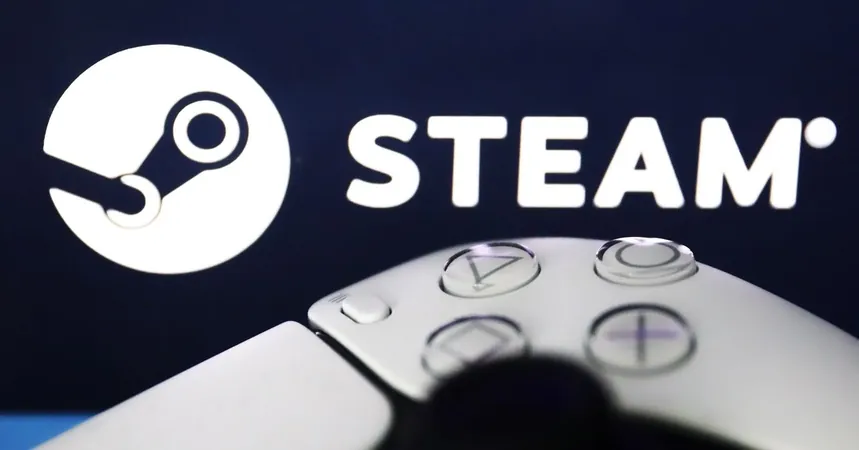
3 Must-Have Features Steam Deck 2 Should Borrow from Nintendo Switch 2
2025-06-21
Author: Jacob
As a devoted PC gamer, I’ve found myself enchanted by the new Nintendo Switch 2, but my affection is overshadowed by its limitations, particularly the absence of my beloved Steam library. I often turn to my Steam Deck for on-the-go gaming, but the Switch 2 has revealed some design flaws in the original Steam Deck that I hope Valve will rectify in its upcoming version.
1. Dual USB-C Ports: The Game Changer
If there’s one feature the Steam Deck 2 absolutely needs, it’s dual USB-C ports. The Nintendo Switch 2 has made this a norm, and many other handheld gaming devices are catching up. For instance, devices like the ROG Ally X and Legion Go S now boast dual USB-C ports, a stark contrast to the original Steam Deck’s lone port. This is not just about aesthetics; having ports on both the top and bottom makes charging much more user-friendly, depending on where your power source is located.
Additionally, a bottom port could open up opportunities for third-party docks, making it easier to create a cable-free docking experience—something the Switch excels at. In a world where most competitors come with two USB-C ports, the Steam Deck 2 must follow suit for the sake of convenience and versatility.
2. A Universal Chat Button: Social Connectivity Redefined
While Steam offers a plethora of chat features, it’s time for the Steam Deck 2 to take notes from the competition and introduce a dedicated chat button—not another Nintendo GameChat clone. The appeal of having a universal chat button would streamline app access seamlessly. Imagine a customizable macro button, exclusive for social apps, allowing easy initiation of Discord or other messaging platforms without the hassle of accidental launches.
Valve could integrate with popular messaging services or create a framework that developers can use, transforming the way we socialize while gaming. Although this feature may seem ambitious, it has the potential to revolutionize the user experience.
3. Purpose-Built Docking Solution: Harness the Power
Although Valve offers an official dock, many users gravitate towards affordable third-party options. The key takeaway from the Switch 2’s dock is its ability to provide more power and performance when plugged in, a feature the original Steam Deck lacks. While playing in portable mode, the Steam Deck runs at a maximum of 15W, but with a dock, the Switch 2 can ramp up its power beyond 20W.
For the Steam Deck 2, it would be fantastic to see enhanced chip performance when docked. This could be achieved through a more sophisticated docking system with better cooling or simply allowing an increase in TDP when connected to power. Even a minor performance boost could greatly enhance the gaming experience.
Conclusion: Learning from the Competition
While the Steam Deck and Switch 2 serve different gaming niches, Valve has the opportunity to borrow some of the best features from its competition without compromising its unique identity. By incorporating dual USB-C ports, a universal chat button, and an upgraded docking solution, the Steam Deck 2 could elevate portable gaming to new heights—ensuring its place in the hearts of gamers worldwide.









 Brasil (PT)
Brasil (PT)
 Canada (EN)
Canada (EN)
 Chile (ES)
Chile (ES)
 Česko (CS)
Česko (CS)
 대한민국 (KO)
대한민국 (KO)
 España (ES)
España (ES)
 France (FR)
France (FR)
 Hong Kong (EN)
Hong Kong (EN)
 Italia (IT)
Italia (IT)
 日本 (JA)
日本 (JA)
 Magyarország (HU)
Magyarország (HU)
 Norge (NO)
Norge (NO)
 Polska (PL)
Polska (PL)
 Schweiz (DE)
Schweiz (DE)
 Singapore (EN)
Singapore (EN)
 Sverige (SV)
Sverige (SV)
 Suomi (FI)
Suomi (FI)
 Türkiye (TR)
Türkiye (TR)
 الإمارات العربية المتحدة (AR)
الإمارات العربية المتحدة (AR)